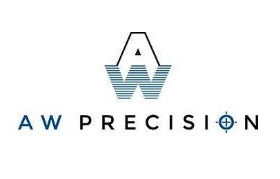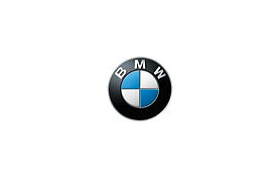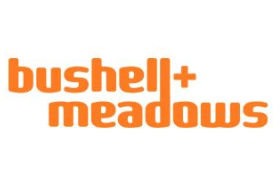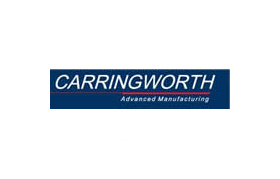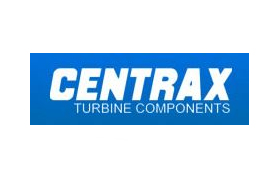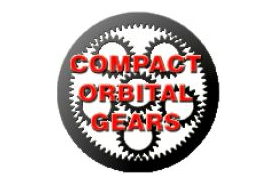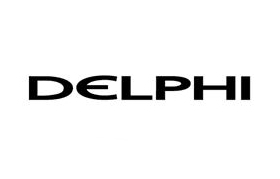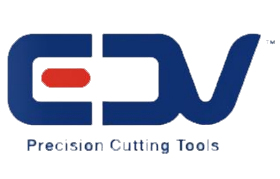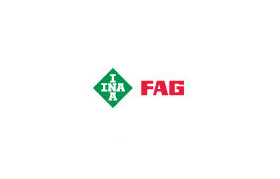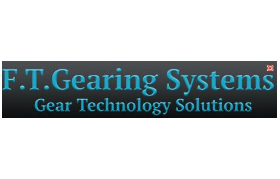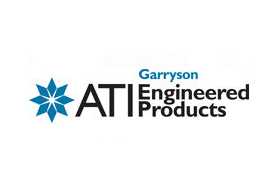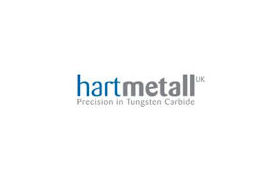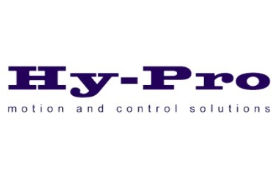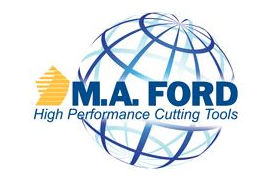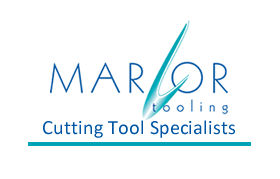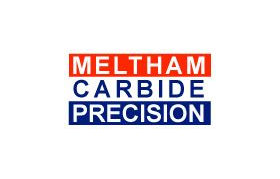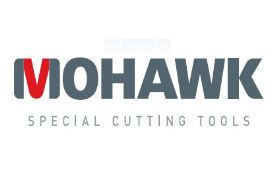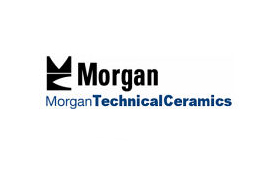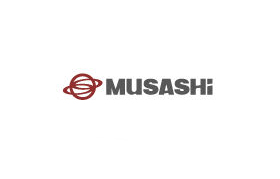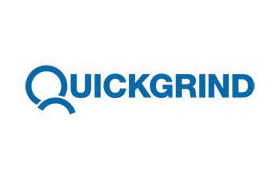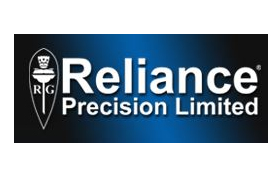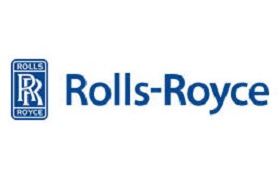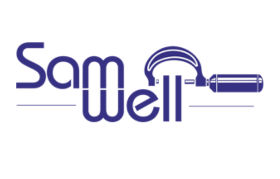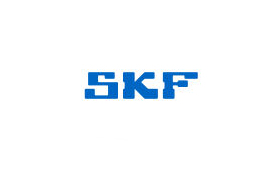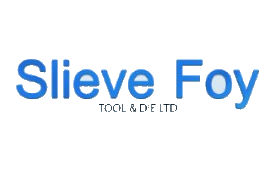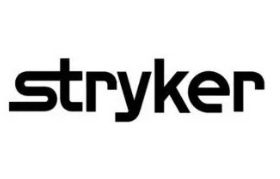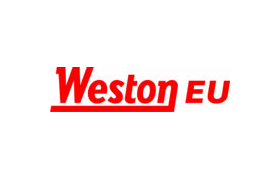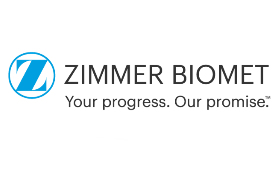

GPA Innova
The Unique Concept Of Polishing
The revolutionary DLyte polishing machines produced by GPA Innova benefit from utilising the world’s first dry electro polishing process. The DLyte range of machines use a totally unique, single step automated process, for polishing metals; this is a revolutionary dry non-abrasive electro polishing process that does not use any liquid as the electrolyte. These new patented machines polish and deburr Steel and Stainless-Steel, Cobalt Chrome, Titanium, Aluminium, Nickel and precious metal alloys components for the Dental, Medical, Aerospace, Automotive and other industries. Typical applications include bone screws, artificial hip and knee joints, turbine blades, cutting tools, and any similar component whereby fine surfaces finishes to under 0.09um Ra are required without altering key part geometry after the previous grinding or milling process.
Unlike traditional polishing systems, the DLyte system obtains a consistent finish avoiding any polishing marks on the surface, such as those generated by conventional machining, and is able to process complex geometries without generating any micro scratches on the surface.
Before
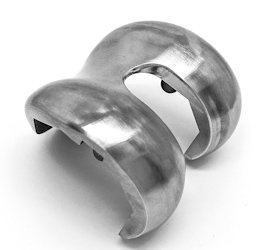
After
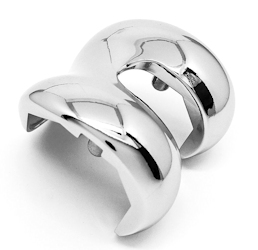
Before the D-Lyte process became available, many part manufacturers would create net shape perfect parts from milling or grinding – only to find that part geometry was then altered by the subsequent abrasive based polishing process that also left sub-micron marks on the surface of parts.
According to the polishing requirements, the production quantities or the workpiece dimensions, DLyte offers unique solutions to meet the industrial needs. The wide range of machines allows for the full automation of the polishing process ensuring high scalability of production from compact and very cost effective solutions up to large machining cells for the mass manufacture of parts.
The medical industry was amongst the first to benefit from using the D-Lyte machines for polishing implants. The typical process to finish implants was previously based on using mechanical abrasive based processes like robotised belt polishing or abrasive bowl type polishing. These types of process’s work by generating friction onto the workpieces surface from a generic abrasive belt or media. Although there are other procedures that involve dry polishing, this other type of polishing primarily refers to circular bowl type vibrators. These are commonly used to round part edges and to polish the surface of the implants. Those processes tend to present issues as they are error-prone and it’s hard to certify a specific success-scale as they don’t offer a true consistency of results. These processes are not that reliable and often require additional manual rework to achieve the desired finishing results. For the Medical Industry, DLyte has proven the Biocompatibility of the medical products processed with the DLyte System (certification approval is available).
Drylyte achieves lower surface roughness than abrasive polishing.
Drylyte process can be more than 5 times quicker than mechanical abrasive polishing.
Drylyte process is able to polish into small corners and dead zones as it is only needed to arrive to the area and apply electricity. Abrasive polishing has big difficulties to polish in those areas as it is not able to apply pressure and movement with accuracy.
Internal channels (bores etc) can be polished by using the Drylyte process
Drylyte increases the resistance against corrosion versus abrasive polishing.
Drylyte avoids side effects of liquid electropolishing such as oxidation, passivation, milky surface, orange peel, etc.
Drylyte does not create waviness on the surface as liquid electropolishing does.
Drylyte polishes the surface in a selective way layer by layer using a media with diameter larger than the roughness profile avoiding the media impact on the valleys of the surface structure.
Send us your part samples and we will polish them on our D-Lyte demo machine and return them for your inspection.





References
Our range of machines is supplied to numerous companies all around the world and the leaders in industry use these to great affect.
We have many thousands of worldwide references but customers that we have supplied equipment to here in the UK include, amongst others:
